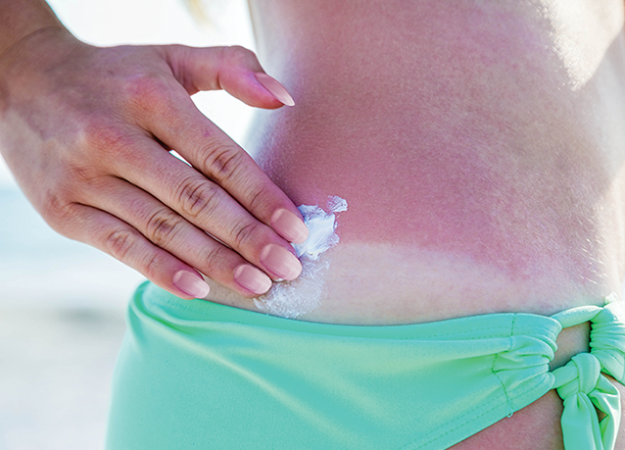Spring and summer are times of the year when the great outdoors beckons more strongly than it does in fall and winter. Temperate climates and abundant sunshine encourage people to leave their homes and bask in the warm rays of the sun.
Spending time outdoors is good for mental health and it’s a natural way for people to get adequate vitamin D, also known as the sunshine vitamin. The National Institutes of Health say exposure to sunshine for five to 30 minutes a day, most days a week is optimal to make vitamin D. A large percentage of the population is deficient in vitamin D. The NIH says there are many studies correlating vitamin D insufficiency with increased risk of numerous chronic conditions, including hypertension, diabetes, myocardial infarctions, and brittle bones. However, sun exposure to make vitamin D needs to occur without sunscreen for maximum impact. That begs the question of just how safe it may be to spend time outdoors without sun protection, and what are the risks of doing so? Also, do the risks of vitamin D deficiency outrank those involving sun exposure and cancer causation? It’s a conundrum, to be sure.
The good news is that most people can safely enjoy the sun and obtain vitamin D. Here are some tips and safety precautions.
Keep in mind that the sun’s rays are strongest between 10 am and 4 pm. Therefore, if you must spend time in the sun, do so outside of this time period.
Promptly apply sunscreen. After a short period of unprotected sunshine of no more than 30 minutes, put on sunblock right away. Also, reapply as indicated on the packaging depending on activity. Harvard Health says that sunscreen cannot block all UV rays, and even usage of sunblock will not staunch all vitamin D production.
The National Cancer Institute suggests using an SPF of at least 15, but some doctors recommend SPF 30.
Ultraviolet radiation is the number one cause of skin cancer. Utilize wide-brimmed hats, sunscreen and protective clothing to prevent cumulative sun exposure, which can lead to basal cell and squamous cell skin cancers.
Keep in mind that episodes of severe sunburns, usually before age 18, can raise the risk of developing melanoma. Children should be just as mindful of sun exposure as adults.
It is challenging to define what “too much sun” actually is, says the European Code Against Cancer. Strength of the sun (UV index), skin type and the strength of sunscreen all merit consideration A person with very fair skin exposed to an ultraviolet index of 6, which is easily reached at noon in summer, can suffer sunburn in as little as 10 to 15 minutes.
It’s a fine line to balance healthy sun exposure to obtain vitamin D and avoiding sun damage to the skin. But it’s best that people walk that tightrope with sun safety in mind.




